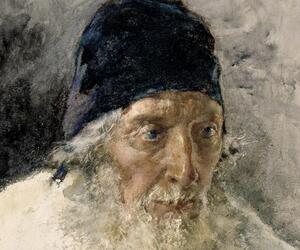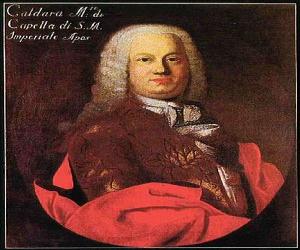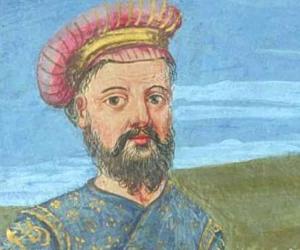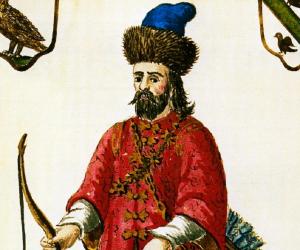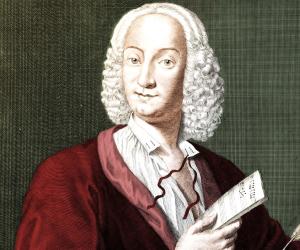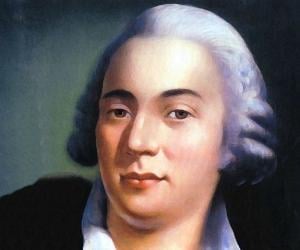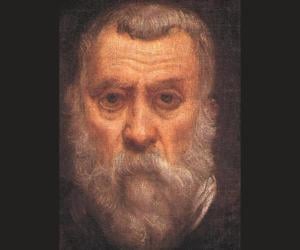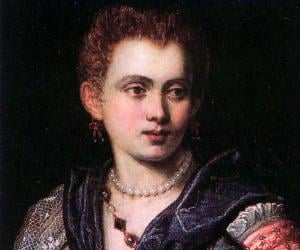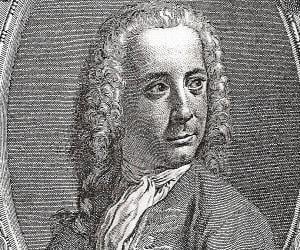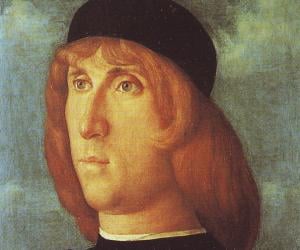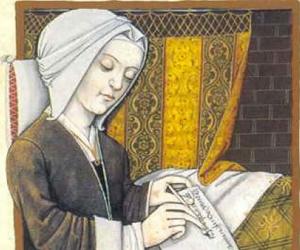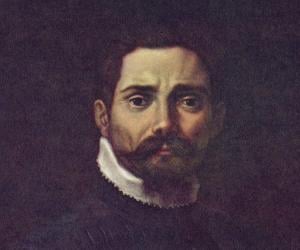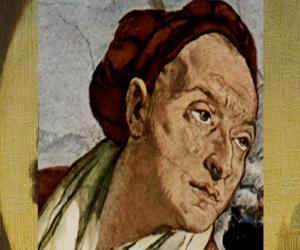Marco Polo was a Venetian explorer, writer, and merchant. He explored Asia along the Silk Road and is credited with providing the Europeans with descriptions of the culture of the Eastern world, which remained unknown until his exploration. Polo's travel book inspired other travelers like Christopher Columbus. His writings also influenced European cartography, which led to the Fra Mauro map.
Italian Baroque composer, virtuoso violinist, and teacher, Antonio Lucio Vivaldi, is regarded as one of the greatest Baroque composers. He was extremely popular during his lifetime and composed many instrumental concertos and operas. He was also a Roman Catholic priest and worked at a home for abandoned children. Even though he died in 1741, his music continues to be popular.
Tintoretto, also known as Il Furioso, was a significant painter of the Venetian school and is remembered for his phenomenal speed of painting, his long strokes, and his depiction of humans in motion. His most notable works, such as Susanna in the Bath, embody Renaissance mannerism.
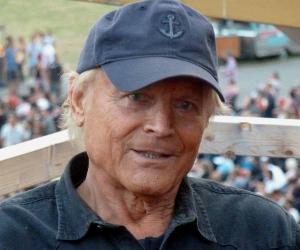
Terence Hill escaped Allied bombings during World War II and was then discovered at a swimming meet, following which he bagged his first film at 12. A well-known child actor, he grew up to work in a lot of "Spaghetti Westerns" and also became famous for his action-comedy partnership with Bud Spencer.
A significant Venetian figure, Veronica Franco wasn’t an ordinary courtesan but was educated and a talented poet, too. She defended herself successfully against charges of witchcraft. Born to a courtesan, she was married to a doctor briefly and later became a sex worker to sustain herself and her children.
Canaletto was an Italian painter who achieved popularity in England as his works were largely appreciated by King George III. Regarded as one of the most prominent representatives of the 18th-century Venetian school, Canaletto was also renowned for his skills as a printmaker.

Giovanni Bellini was an Italian painter who hailed from the famous Bellini family of painters. Giovanni is credited with revolutionizing Venetian painting, shifting it towards a more coloristic and sensuous style. Best remembered for creating paintings with detailed shadings and rich tints, Giovanni's work had a strong influence on the Venetian painting school.
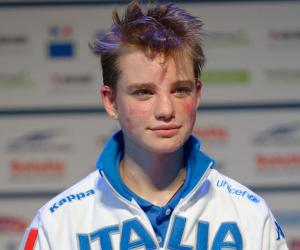
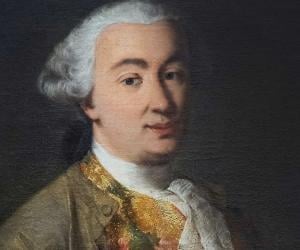
Carlo Goldoni was an Italian librettist and playwright from the Republic of Venice. He is credited with producing some of Italy's best-loved and most famous plays. His plays are often admired for their ingenious mix of honesty and wit. One of his most famous works, Servant of Two Masters, has been translated into many languages.
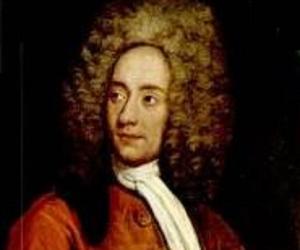
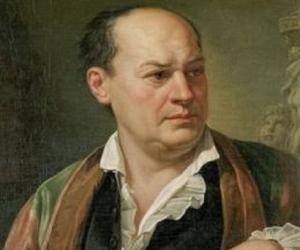
Italian architect, artist, and archaeologist Giovanni Battista Piranesi is best known for his 16-print series name The Prisons. His remarkable etchings of the famous landmarks of Rome exhibited his unique etching technique, which involved contrasts of light and shade. He made about 2,000 plates throughout his life.
Giovanni Gabrieli was an Italian organist and composer. One of the most popular musicians of his generation, Gabrieli's works were popularized throughout Europe by his association with the prestigious Scuola Grande di San Rocco, where he was appointed as an organist.
Eighteenth-century Italian painter Giovanni Battista Tiepolo was a significant figure of the Rococo movement. Son of a shipping merchant, Tiepolo gained fame with his iconic creations such as The Sacrifice of Isaac. He was determined he wouldn’t leave Venice and often sent his paintings abroad instead of traveling to paint.
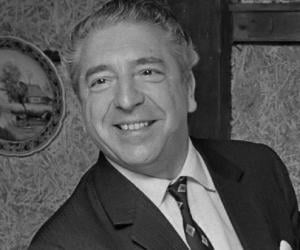
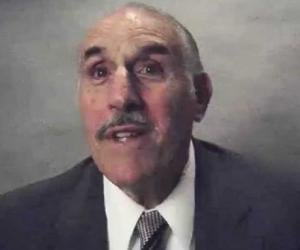
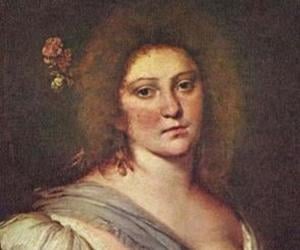
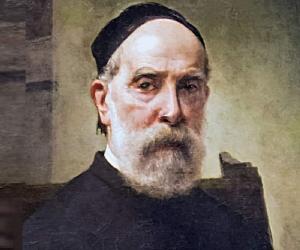
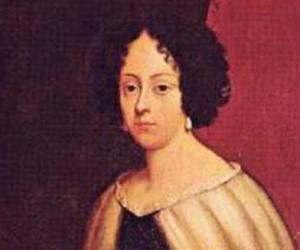
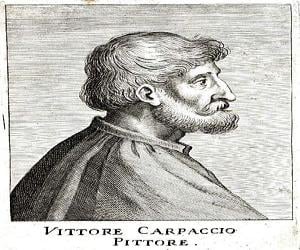
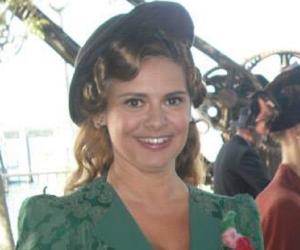
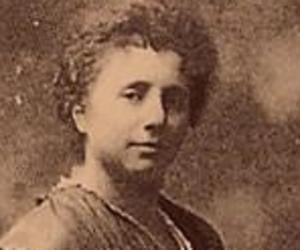
Margherita Sarfatti was an Italian journalist, socialite, art critic, and collector. A patron of several Italian painters, Sarfatti played a major role in the cultural shaping of the art movements in Italy. An important member of the National Fascist Party, Margherita Sarfatti was one of Benito Mussolini's mistresses as well as his biographer.
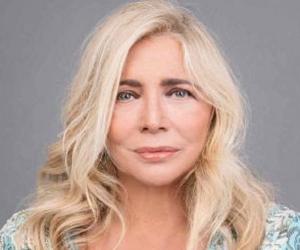
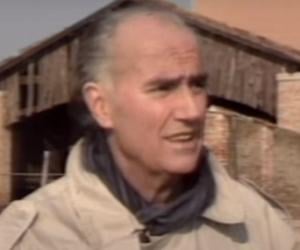
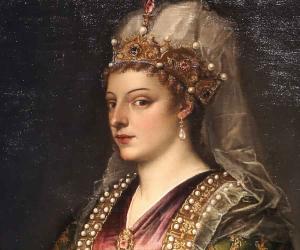
Venetian noblewoman Caterina Cornaro ruled as the queen of Cyprus through her marriage to King James II of Cyprus. Their marriage was chiefly a political one, improving ties between Cyprus and Venice. Following James’s death, she was forced to abdicate and given the town of Asolo.
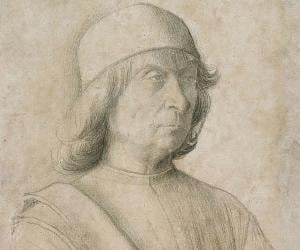
Gentile Bellini was an Italian painter affiliated with the school of Venice. He hailed from Venice's leading family of painters and was the official portrait artist for the Doges of Venice. He worked for the Ottoman Sultan Mehmed II in Constantinople for several months. He was a co-founder of the Orientalist tradition in Western painting.
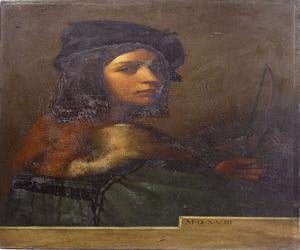

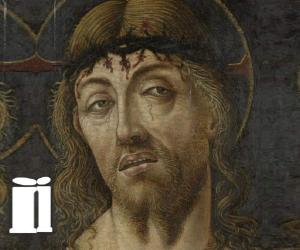
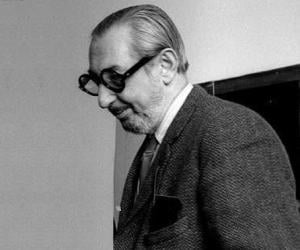
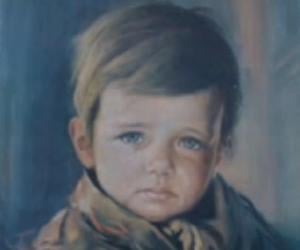
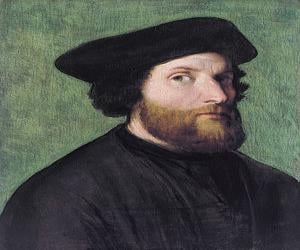
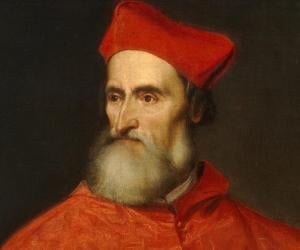
Pietro Bembo was an Italian scholar, poet, and literary theorist. He was also a cardinal of the Roman Catholic Church and a member of the Knights Hospitaller, a Catholic military order. He played a key role in the development of the Tuscan dialect as a literary language. As a priest, he promoted the Christian perfection of Renaissance humanism.

Felice Beato was an Italian-British photographer whose work focused on capturing events, people, and countries that were unfamiliar to most people in North America and Europe. Beato is credited with capturing important events like the Second Opium War and the Indian Rebellion of 1857. One of the earliest war photographers, Felice Beato influenced other photographers in places like Japan.
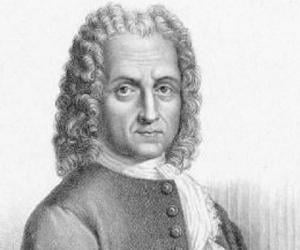
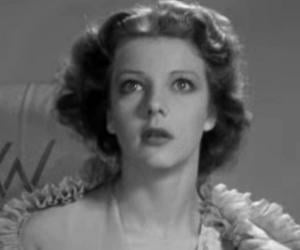
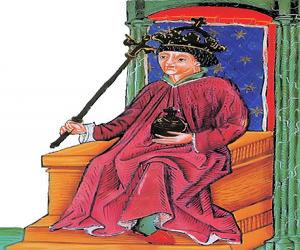
Born to the posthumous son of King Andrew II, Stephan, Andrew III was made the king of Hungary after the death of King Ladislaus IV. A wise and solemn ruler, he was the last king of the House of Árpád. His reign witnessed continuous anarchy, especially from the Kőszegis and the Csáks.
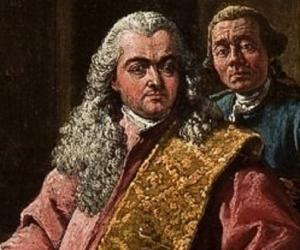
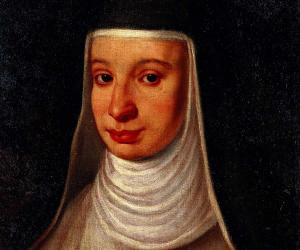
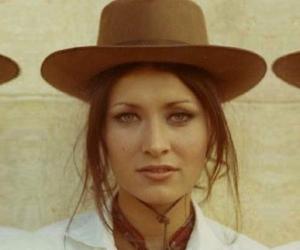
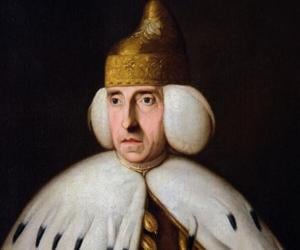
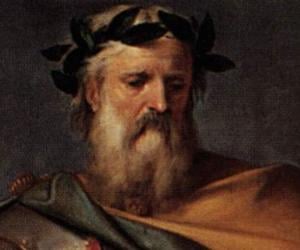
Francesco Morosini served as the Doge of Venice between 1688 and 1694, when the Great Turkish War was at its peak. He also played an important role in the Morean War, during which he captured the Morea, Lefkada, and Athens. Francesco Morosini was responsible for destroying the Parthenon and looting sculptures from Athens, including the Piraeus Lion.
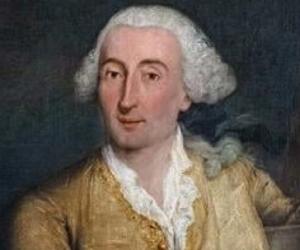
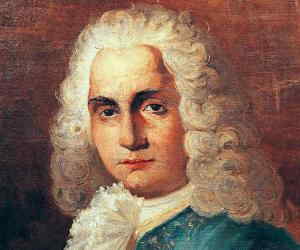
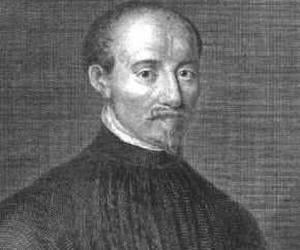
Italian theologian and scientist Paolo Sarpi was also a lawyer. He lost his father early and was raised by his mother and uncle. His intellect and seriousness had earned him the nickname The Bride in his early days. He advocated for the separation of the Church and the state.
